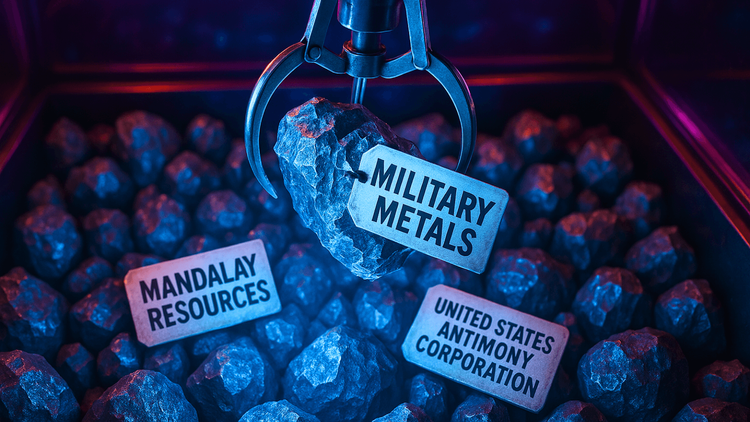Military Metals Ignites New Momentum at Historic West Gore Antimony Mine
High-grade antimony and gold samples reignite exploration momentum at Nova Scotia’s historic West Gore mine as Military Metals positions itself at the center of North America’s critical minerals strategy.

Military Metals has released impressive new results from its West Gore Antimony-Gold Project in Nova Scotia, Canada. The company’s soil and boulder sampling program has uncovered significant concentrations of antimony and gold, reinforcing the project’s potential to become a major player in North America’s critical minerals landscape.
CEO Scott Eldridge announced the findings with palpable enthusiasm, noting that the project’s early exploration work is already identifying new targets overlooked for more than a century. “We knew that West Gore has been under-explored since mining operations terminated in the early 1900s,” Eldridge said. “These high-grade surface results are another important step toward rediscovering this critical Canadian mineral asset.”
A Rediscovery in Motion
Military Metals’ latest exploration effort focused on soil sampling and analyzing mineralized boulders across the 100% owned West Gore property. The results did not disappoint. Among the most compelling discoveries were three boulder samples collected along a road cutting through the project’s central area.
Sample 247233 returned the most striking grades with 11.45% antimony and 21.5 grams per tonne gold, sourced from subangular quartz cobbles containing semi-massive and massive stibnite. Another, Sample 247234, showed 6.58% antimony and 0.992 grams per tonne gold, while Sample 247235 revealed 3.49 grams per tonne gold with 0.049% antimony. These readings confirm the presence of high-grade mineralization at surface, strengthening the case for systematic follow-up exploration.
The boulders are believed to originate from nearby bedrock sources along structural features that remain untested. This supports the company’s thesis that West Gore could host multiple zones of mineralization parallel to the historical mine workings.






